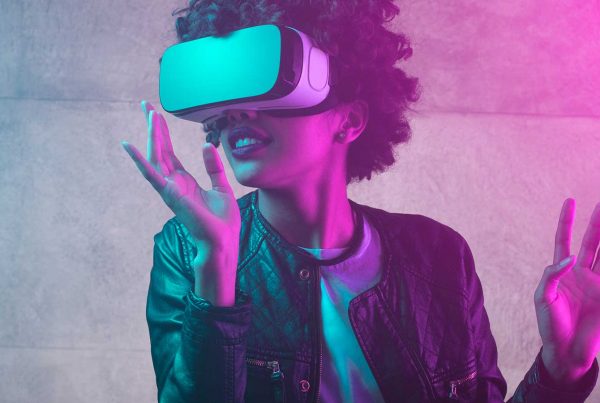In an article on media consumption by eMarketer, the stats clearly show that TV viewing has given way to online convenience, streaming media, and binge watching on countless networks all day long. If you were to ask a 25 year old how they get their news, you may not be surprised at their answer — 77% state that the immediacy of social media news on Twitter, Reddit, or their news feeds is how they get their headlines. Some may dive deeper into the story or watch the video from their favorite You Tube influencer. If you were to ask their 55 year old counterpart, you may actually be surprised at their answer — 72% state that they rely on their news feeds on their phones to get the headlines. Used to be that you could count on them to be reading the paper. Yet, many of them have not only cut their subscription, but they are now cutting the cord in their homes. What this tells us is that an advertiser cannot rely on any one medium to provide the broad brush stroke of the once traditional Adults 25-54 profile of the past ten, even twenty, years.
Some of us are old enough to remember when something called the World Wide Web entered the market in 1990. Those of us who do, also remember when CNN and MTV made their debuts in 1980. Still others grew up when there were only three networks, radio, and newspaper to rule the advertising world. But all that began to change in 2005 and the media buyer’s world was reshaped and reinvented. That’s when Google, Pandora, YouTube, and something called Facebook entered the media vernacular and forever changed the way we think about media consumption and purchase influence.
Fast forward fifteen years, and finding the right medium to reach the right volume is not an easy task, nor is it an inexpensive venture. As marketing budgets are spread across multiple platforms, channels, and screens, getting the news means something different to every age demographic. True, in unusual circumstances, people are glued to their TVs, radio, laptops, and phones to learn about the new stats on the pandemic, to understand what new crisis has been created in DC, or to keep up with the social situations of the Kardashians or the latest selection for The Bachelor. But, the challenge is in finding the best way, the most effective way for your message to be heard, seen, and remembered.
We are a mobile market, always on the go, always checking our phone, our texts or emails, or our latest social posts. Advertisers not only have to take a holistic approach to their marketing mix, they have to think outside the box and plan their creative messaging strategy accordingly. Nothing is “normal” anymore. In fact, an ordinary media buy will get ordinary results. An extraordinary media play leverages out of the box thinking to get out of the norm results.
At the Point Group, we pride ourselves on finding the right balance and integrating the message strategy to speak to the audience at hand in the way that audience wants to consume the message. From TV to digital video. From radio to digital banners. Let us help you with your strategic messaging and create a plan that not only integrates your website with your media play but also brings your brand to life in a way that gets noticed. It’s an art and a science that we take seriously. And one that results in a balancing act of precision and numbers that make a difference.
Before you make you next marketing play, call us and see how the Point Group difference can help you take your marketing plan to the next level.



